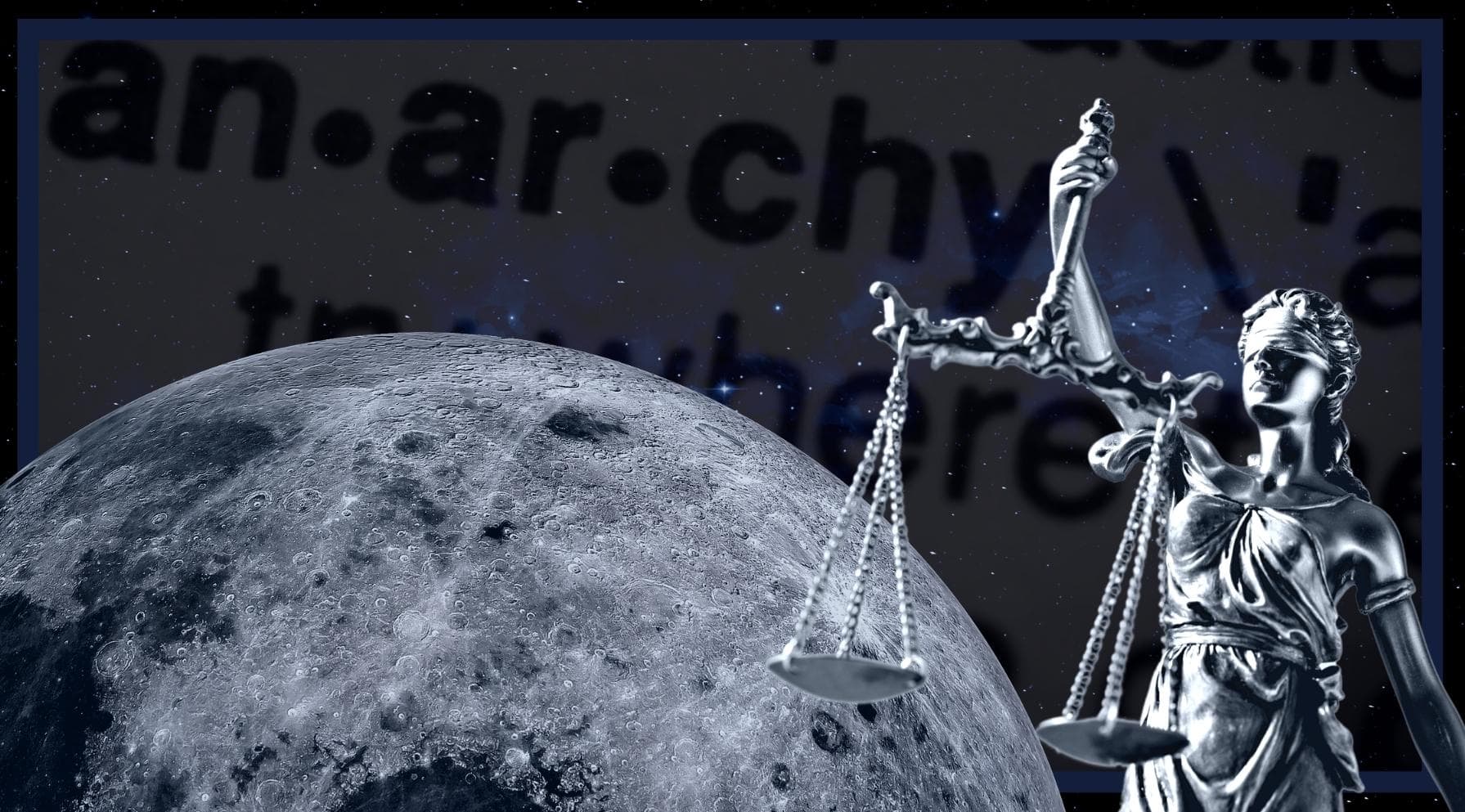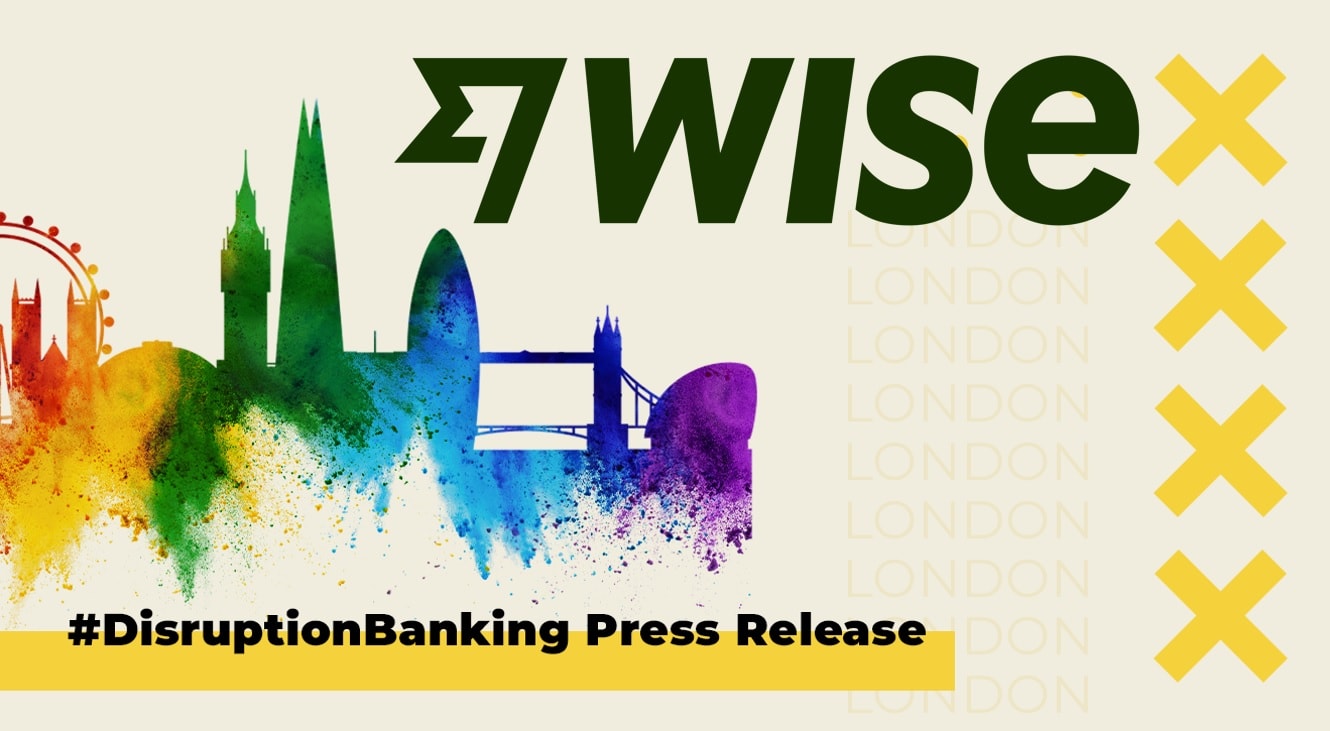The birth of Tongasat was fairly inauspicious. In 1987, Dr. Matt Nilson an American satellite expert who had previously worked for COMSAT had been badly shaken by his wife’s death. He was looking for a place to retire and get as far away from his old life as possible. Upon learning that a former acquaintance of his had moved there, he eventually settled on the Polynesian Island of Tonga. What would follow demonstrated the fragility of the legal infrastructure that governed space. As we covered recently at Disruption Banking, there is a general reluctance within many financial sectors to get involved with the space industry. It is possible to trace much of this back to the legacy of Tongasat.
The population of Tonga was not much more than 100,000 people so it wasn’t too surprising that not too long after Dr. Matt Nilson moved, he was introduced to the island’s royal family. Upon hearing his expertise in communications, they complained to him about the island’s poor coverage. As a satellite expert, Dr. Nilson naturally saw there to be one solution they had overlooked. In return for 20% of the shares, in April 1988, under Dr. Nilson’s instruction, Tongasat was born.
Why is Tongasat so important for space investment?
It soon became clear that Tongasat’s remit went far beyond that of merely improving coverage over Tonga. By the early 90s, it had put in applications for sixteen geostationary orbital slots. It was awarded six slots in 1991.
Geostationary orbit is a particularly valuable band of space around 35,785 km above the earth’s equator. Satellites orbiting within this zone in effect stay over the same location below, moving with the earths orbit. Coverage at this altitude is wide, spanning roughly 1/3 of the globe. This enables reliable communication from ground stations without constant re-tuning or pronounced drift. There are only 1800 such slots and in the 1990s they were especially highly sought after. Over the next few years Tongasat would begin to fill these slots out by renting them to companies such as American communications firms Unicom and Rimsat for $2 million a year.
What followed is prescient to this day. Tongasat’s operations were a reasonably obvious breach of International Telecoms Union (ITU) rules (treating slots as commodities is forbidden under ITU rules and The Outer Space Treaty). Yet, in spite of intense pressure from large industry players, having no on-site launch-pads to speak of, comparatively minimal resources and few allies, they still succeeded.
Many measures was considered. These included a proposed international denial of landing rights for any company using Tongasat slots. The Australian government, along with major private players such as Intelsat, attempted to appeal to the ITU. They cited that Tonga’s actions ‘would make it impossible for larger economies to get enough Pacific Ocean slots.’ No further action was taken.
This is not to say that nobody attempted to disrupt Tongasat’s operations. Due to an orbital slot-leasing dispute, the Indonesian Pacifik Satellite Nusantara (PSN) Corporation jammed a communications satellite operated in a Tongasat slot in 1997. It was this lawlessness, not just within the field of Tongasat’s operation, but also retaliatory enforcement that was so concerning. Where drama played out at international conferences, the most effective actions appeared to be extra-judiciary.
Experts say regulation is needed to prevent outer space from becoming the Wild West; https://t.co/mIbrcmvyhs pic.twitter.com/QYja8NxamG
— CBC Toronto (@CBCToronto) June 17, 2018
However, what was so striking was that none of their actions were capable of reversing Tongasat’s ownership of these slots, despite the nation’s miniscule international sway.
Tongasat and China
When the Chinese government began to back Tonga at the turn of the millenium, it seemed that Tongasat had finally won. With a superpower backing them, they had a territory to launch from and a major nation to sell to. However, Tonga’s allegiance to China would also turn out to be their undoing. In the mid-2000s, China would go on to place a satellite in the 130 degree slot and in effect seize it from Tonga.
After lengthy negotiations, China agreed to a $50 million settlement. The settlement was designated, not as a repayment, but as aid money for the 2006 riots that took place in Tonga and had targeted some Chinese businesses. However, instead of the government receiving the settlement as had been proposed, it was taken by Tongasat and its owners. This resulted in a lengthy legal battle which was only resolved in 2019. The ruling found that the royal family had unlawfully taken the money from the government. It is still unclear as to whether this money has been received as public funds.
Tonga Supreme Court worried unnamed party behind Princess Pilolevu who claims US$50m from China to Tongasat was for her alone. Court says she got to pay TP$15,000 security deposit if she appeals earlier verdict that she took money intended for state. Money still missing pic.twitter.com/o0mHwWx24H
— Michael Field (@MichaelFieldNZ) March 4, 2019
It is arguable that what had transpired was a form of space piracy, in turn followed by a neo-colonial theft by a major superpower, buttressed by corruption. What was worse was that no real act of enforcement had been undertaken from within the international judiciary. With the value of the space industry now totalling around $450 billion in 2022, it should be of great concern to any potential investors as to the true safety of their investment.
What regulations exist in space?
There haven’t been any radical updates in global space-law since the Outer Space Treaty’s last revision in 1979. However, questions over enforcement remain as prescient as ever. Regulation appears in fact only to be to thinning. The U.S. congress recently passed the 2015 Space Act, in effect handing the U.S. legal rights to own and mine natural resources in space. This is in clear breach of numerous international treaties to which the US are founding signatories. Alongside this, there have also been a proliferation of microsatellites, which have only contributed to fears over space junk. With smaller actors becoming involved, issues around liability for any accident becomes of greater importance. The topic has been brought up at recent G7 meetings, but outside the UK & EU there is comparatively little in the way of collaborative legislation.
1967, Outer Space Treaty: nations can't claim Lunar territory
— Fred Scharmen (@sevensixfive) May 15, 2020
2015, SPACE Act: companies and nations can claim resources on the Moon
2020, Executive Order: nothing in space is a "global commons"
Also 2020, Artemis Accords: "safety zones" around mine sites https://t.co/0imW7wzpai
How are companies dealing with the legal risks in the present day?
With the advent of constellations of low-earth-orbit satellites such as those of Elon Musk’s SpaceX, the value of geostationary satellites is arguably less than it once was. Nevertheless, the same issues arises as to how we enforce such laws where there is no real practical ability to enforce directly. Private actors are also holding greater sway in space than ever before and this may have consequences. A 2020 legal paper from Columbia noted that current space law is far more suited to government actors. Space law will have even greater issues when enforcing it on private actors.
This should be of concern. However, it is arguable that risk is an inherent part of investing in frontier industries. New space regulation is starting to pick up once again, even though it is unclear how far it will go. The EU has introduced new security focused space-regulation as recently as 2021. To protect assets, it needs to go further.
Space Regulation Going Forward
The truth is that whilst there are some notable issues, space isn’t completely unregulated and bad-faith actors do get caught out, as proven by the $800,000 fine given to Swarm Technologies Inc. for launching illegal satellites in 2018. The issue is that the stakes are so high. A repeat of such a mistake could lead to billions of dollars in damages. As a result of this, insurers are increasingly nervous when it comes to giving coverage to space assets.
Launching from safe jurisdictions may be part of the answer, with the UK enabling launches from its territory in the same year as the EU. This may allow some financial assurance in the event of an accident, but the issue inevitably is amplified by those who do not follow best practice.
To better understand how investors are approaching this risk, Disruption Banking spoke to Grant Blaisdell. Grant is the co-founder and CEO of Copernic Space: a company which seeks to create a marketplace for space-investments that is available to the retail investor to see how they are managing such risks.
My short story collection 'The Need for Better Regulation of Outer Space' is a kindle daily deal on Amazon! https://t.co/lRbmjhibgw
— Dr Pippa Goldschmidt (@goldipipschmidt) October 18, 2016
“I think any market or economy that is really growing and changing at such a pace is building new standards faces a lot of regulatory questions. More traditional space companies so to say, will have to deal with the emergence of new standards and regulations. Some are imposed by the market on itself and not even governments. For example, US companies selling to Chinese entities or what kind of payloads are acceptable. As the market and these regulations fully develop, we will continue to add to our existing marketplace features that help these space companies apply and streamline these needs.”
Whilst these are all very positive developments, if the ghost of Space Regulation past offers us any warning, until direct enforcement becomes more viable, there will always be bad faith actors and risk that comes with it. With the Tongasat feud only coming to a close (for now) in 2019, perhaps this asks us to consider whether the best future investment will be in the technologies of enforcement? With companies such as ClearSpace already working on removing unresponsive satellites in space, it surely won’t be long before they remove non-compliant ones as well.
Author: Alex Joseph
#Space #SpaceTech #Regulation #Web3 #Tongasat #SpaceRegulation #ITU















